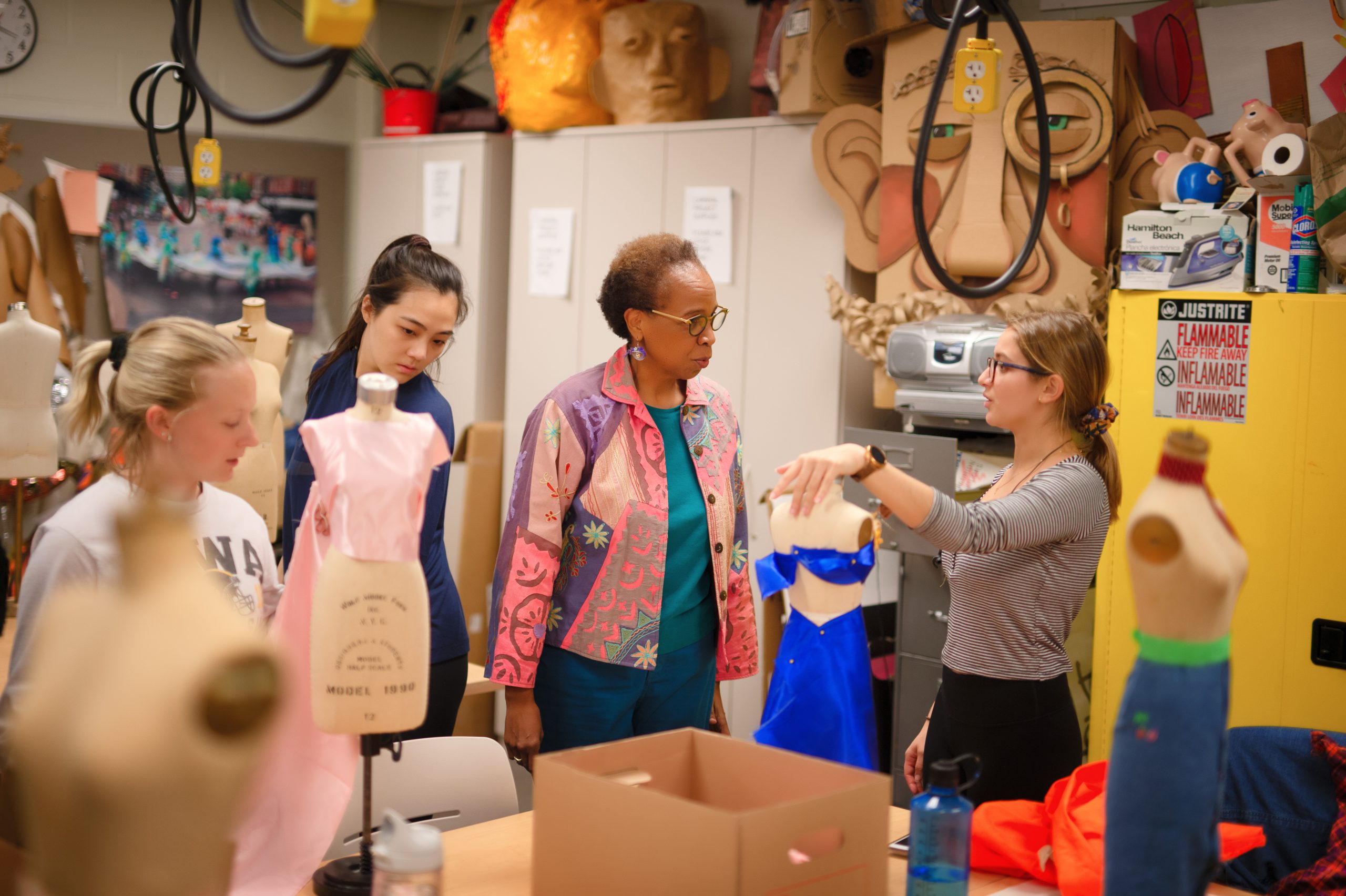40 Ending your course in a meaningful way

The final days of class provide a great opportunity not only to revisit the course and go over effective ways to study for finals but also to reflect on learning experiences, establish emotional connections, celebrate learning progress, and express gratitude. Think of how you would like close your course in a meaningful and joyful way for you and your students. Here are some ideas and strategies that could be helpful when you plan your last day of class:
- Review the course syllabus together with your students and reflect on how the objectives and promises were fulfilled. What additional personal learning did students achieve through the course? How has this learning experience impacted their thinking, actions, behaviors, and core values? How does it fit within your students’ broader curriculum and their future plans?
- Help students to refresh key information through visualizing the big picture of the course. Invite students to create concept maps of significant course ideas, making these connections explicit in small groups.
- Reflect on the learning progression by comparing student’s work from the beginning and the end of the semester. Here is an example from Mike Sebastian, a TA in the School of Art and Art History: “We looked back at the beginning of the semester (I showed photos of their first sculptures), then we looked and marveled at how far they have come. We talked about what could be next for them or where their sculptures will live, and we shared food.”
- Celebrate your students’ success through a share fair or a TED Talk–style conference, where each student presents a piece of their work (posters, learning portfolios, videos, pieces of writing, etc.), and the class responds with applause after each presentation.
- Brainstorm effective learning strategies that helped students to succeed in the course. Ask students to collectively outline a syllabus section on “How to Succeed in the Course: Strategies from Former Students” for a future version of the course. Another way to pass the torch is through a letter to future students. Kari Weaver, an instructor from the College of Education, shared: “I have my students write a letter to next semester’s students, and a letter to themselves for the beginning of next semester. I compile the letters to the next students and have them read it in the first week, and I take the ‘letter to myself,’ put it in an email, and schedule it to be sent on the first day of the next semester.”
- Encourage students to transfer this learning experience to their future academic and professional life. Some instructors offer a role-play activity with a job/internship interview scenario. The interviewer sees this course name on the transcript and asks about what the interviewee learned in the course and how it has informed or could inform their personal and professional development.
- Provide opportunities for envisioning the field. In a write-pair-share activity, ask students to envision how this course, discipline, or university might look 30 years from now.
- Distribute mementos, cards connected to the course context, notes, or any other small symbol of the course. For example, during the last class, a language instructor gives students postcards with views from the country and national sweets.
- At the end of the class, you could acknowledge that you’ve learned from your students, express gratitude, and share your hopes; the human aspect of learning and emotional authenticity matter to students (Keller & Becker, 2021).
💡 Please reflect:
Take a few minutes to draft an outline for your last class. Adapt any of the strategies mentioned above to your context or come up with new ones.
When the course ends, consider reflecting on your experiences as a teacher. Recording what you have learned through your teaching could be helpful for future reference. In A Guide to Teaching Introductory Psychology, Sandra Goss Lucas shares her reflective process for end-of-term notes:
First, I ask myself about my overall impression of the term. Were there things I didn’t like (e.g., the students were too quiet or too much time was spent on one topic)? How will I fix those issues next term? Were there things that went really well (e.g., the group presentations on the classic psychology article)? How can I ensure that these will go well again next term?
Second, what did my students think about the course? How were their mid-semester evaluations similar to or different from their end-of-term comments? Did I effectively address problems that students were having with the course? Was I able to expand the things that students liked about the course? What suggestions did students have to improve the course? (Goss Lucas, 2008, p. 276)
To deepen your reflection, you might also want to consider collecting your own end-of-course feedback from students outside of the ACE forms. You can do this in a way that protects students’ anonymity.
💡 Please share your end-of-term notes here:
Document your progress and strengths through course artifacts. Revise your teaching statement to include any developments or connect current student feedback to your philosophy. Consider revisiting course materials to collect documents for your teaching portfolio (e.g., syllabus, activities, rubrics, lesson plans, student evaluations).
Store all the documents in a computer folder, including your reflections, lesson plans, and anything else you have created, as it could save you a significant amount of time and help your professional development.
Please see our newsletter article for more strategies.

Feedback/Errata